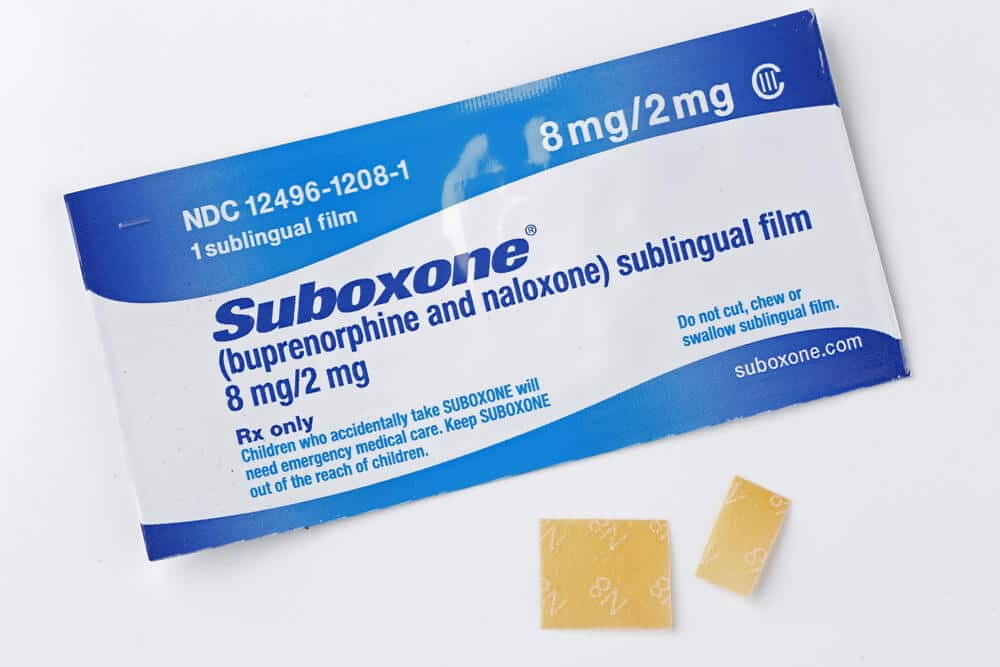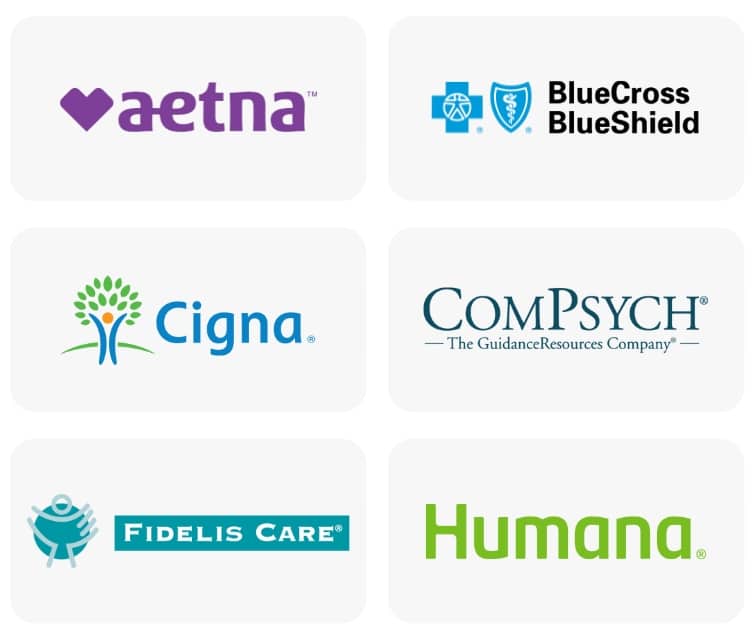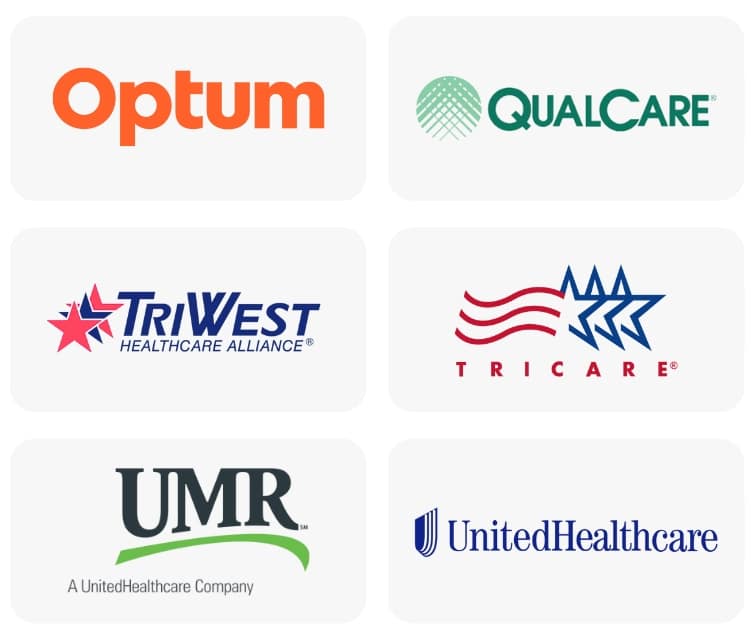Skip To Section
The opioid epidemic in the United States is causing tens of thousands of deaths each year according to data from the Centers for Disease Control and Prevention. Many of those deaths involve synthetic opioids prescribed by doctors for pain management. Opioids are one of the most dangerous and addictive drugs. Using opioid medication opens the door for physical dependence and abuse. In some cases, treatment for opioid addiction involves the use of medications like Suboxone to reduce withdrawal symptoms and drug cravings. But Suboxone carries its own dangers when quitting cold turkey and should only be used under the guidance and supervision of a drug addiction treatment professional.
Are you ready for a life without Suboxone? Seeking treatment for an opioid use disorder is crucial for recovery. Footprints to Recovery can assist you on your journey to a brighter future. Our clinical team is skilled and experienced in managing suboxone withdrawal symptoms in a safe and effective manner. Our medically assisted substance abuse treatment programs use the latest evidence-based treatments for opioid abuse. The sooner you contact Footprints to Recovery, the sooner you can start on the road to a life free from substance abuse.

What is Suboxone?
Suboxone is the brand name for a type of drug used to treat opioid use disorders. It is a combination of two drugs: buprenorphine and naloxone. It is often a tablet or film that’s taken sublingually, meaning it dissolves under the tongue. Supervised suboxone use is a safe and effective way to end opioid addiction. But the drug carries its own potential for abuse and misuse.
Suboxone works by attaching itself to opioid receptors in the brain like any opioid would. This impedes opioids binding to the receptors, which reduces cravings for opioids. Suboxone doesn’t cause the same “high” or feelings of euphoria that other opioids do. This makes it an effective tool in managing opioid withdrawal symptoms during recovery from an opioid use disorder.
According to research from Harvard Medical School, using medications to treat opioid addiction lowers the risk of fatal overdose by 50%.
What is Buprenorphine?
Buprenorphine is a partial opioid agonist, meaning it activates the opioid receptors in the brain but to a lesser extent than full opioids like heroin or oxycodone. It helps alleviate opioid withdrawal symptoms and cravings without producing the intense euphoria associated with other opioids. This makes it an effective tool in managing opioid addiction.
What is Naloxone?
Naloxone, also known by the brand name Narcan, is an opioid antagonist, meaning it blocks the effects of opioids by binding to the same receptors in the brain. When taken by mouth, naloxone has minimal effect because it is not well absorbed by the body. Its presence in Suboxone is primarily a safety measure. If the medication is misused and injected, the naloxone activates, blocking the effects of buprenorphine and other opioids and potentially precipitating symptoms of withdrawal. This is meant to keep people from abusing Suboxone.
Self-Assessment: Am I Addicted?
"*" indicates required fields
Contact Form
Would you like help?
"*" indicates required fields
Common Suboxone Withdrawal Symptoms
Suboxone withdrawal symptoms occur when someone quits Suboxone after a period of abuse. Symptoms vary from person to person depending on factors like:
- How long you used Suboxone
- How much Suboxone you use
- Your overall health and wellness
Common Suboxone withdrawal symptoms include:
- Nausea and vomiting
- Diarrhea
- Muscle aches and pains
- Sweating
- Chills and goosebumps
- Anxiety and restlessness
- Insomnia
- Runny nose and teary eyes
- Dilated pupils
Withdrawal from suboxone is not something you should attempt on your own. A drug addiction and behavioral health recovery center offering suboxone treatment, like Footprints to Recovery, can help if you’re in need.
Suboxone Withdrawal Timeline
Detoxing from Suboxone is a crucial step in the recovery process. The thought of detox and withdrawal symptoms sometimes stops people from getting the help they need. Many wonder how long Suboxone withdrawal lasts and how severe the symptoms will be. These are all questions and concerns that can be answered by substance use disorder counselors at Footprints to Recovery. Our team of experts can explain the Suboxone withdrawal timeline and process so you are prepared to make a positive change in your life.
The Suboxone withdrawal timeline can last for up to several months with unique symptoms arising at different points in the recovery process. A general timeline for Suboxone withdrawal is below:
First three days: Symptoms of Suboxone withdrawal tend to appear in the first 6 to 12 hours after last use. This period is when physical symptoms reach their peak, including:
- Pain
- Nausea
- Fever
- Chills
Between four and seven days: Within the first week of detoxing from Suboxone, psychological and emotional symptoms reach their peak. These include:
- Mood swings
- Difficulty concentrating
- Drowsiness
- Insomnia
Between two and four weeks: As you progress in your recovery from Suboxone, you may find that you feel symptoms of depression. This is normal, but it’s helpful to work with a mental health therapist at this stage of the recovery process.
A month or more: Cravings for Suboxone can last for a month or more following detox and recovery. Some find their cravings for the drug last for a year or more. Learning coping mechanisms and life skills at a certified addiction treatment center can help reduce these cravings and promote long-term sobriety.
Medically Supervised Suboxone Detox
One of the best things to do when you find yourself struggling with Suboxone addiction is to detox under the care and supervision of medical professionals. Suboxone withdrawal can be incredibly uncomfortable and leads some people back to drug use. This is especially true if they try to detox on their own. Medical detox can help you cope with Suboxone withdrawal symptoms and stop taking Suboxone once and for all. Therapists are skilled and knowledgeable when it comes to substance use disorder treatment. They have helped countless others regain control over addictions.
Footprints to Recovery is a great option for those seeking treatment, thanks to our team of licensed and certified therapists. We offer supervised Suboxone substance abuse treatment that can turn your life around for the better.
Suboxone Treatment at Footprints to Recovery
Treating Suboxone addiction involves an integrated approach. Footprints to Recovery’s evidence-based programs are overseen by our clinical team. When you come to our treatment center for Suboxone, our therapists create an individualized recovery plan that offers you a real chance at long-term sobriety.
Dual diagnosis treatment will be critical for you if you suffer from a co-occurring mental health disorder along with your substance abuse disorder. If your Suboxone use was due to a mental health issue, it’s important to treat both for an effective recovery, as drug misuse can make mental illness worse and vice versa. Dual diagnosis methods are used throughout the recovery process at Footprints to Recovery.
Suboxone treatment options at Footprints to Recovery can involve the following levels of care:
- Medical detox: The first step in the recovery process is ridding your body of Suboxone or other opioid drugs. Detox symptoms are managed by our team of clinicians at our safe and comfortable detox facility. Your clinical team will create a tapering schedule, if necessary, to manage symptoms of withdrawal.
- Inpatient treatment: Residential recovery is a program where you spend 24/7 at our treatment facility. You attend treatment every day, learning valuable skills and coping mechanisms to help deal with the triggers in your life that cause substance abuse. Talk therapy is a key component of inpatient treatment. This includes both individual and group therapy.
- Partial hospitalization program (PHP): A PHP is a step down in the levels of care but still offers valuable structure. You’ll come to our facility up to five times per week for six hours each visit. The goal of PHP treatment is to build upon the skills and tools learned during inpatient care so you’re prepared for life after recovery.
- Intensive outpatient program (IOP): Like PHP treatment, in an IOP you have the option to live at home or in a sober living facility while attending treatment. An IOP meets a few times per week and is focused on helping you transition back to their normal life. It allows for more flexibility with things like school, work, and family obligations.
- Outpatient care: Outpatient rehab helps you make the transition back to your normal life. You attend treatment only once or twice per week. The goal is to use the skills learned in rehab to remain sober after leaving our care. Outpatient treatment is a great place to build a system of support you can rely on in the future, especially for relapse prevention.
Suboxone addiction treatment is available if you’re ready to make the call that can change your life. The physical and psychological symptoms of suboxone abuse are threats to a happy and healthy life. If you are looking for help for a loved one’s addiction or need help yourself, contact Footprints to Recovery today. Our admissions team can answer any questions you have about drug addiction and relapse prevention. Don’t wait to change your life for the better when you can find help now.
Our admissions team is available 24/7 to listen to your story and help you get started with the next steps.









